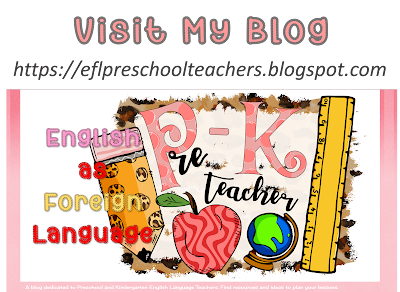This resource is included here: https://www.teacherspayteachers.com/Product/Farm-Unit-for-Elementary-EFL-3790548
Small
Card Writing Activity. Have learners select
4 small cards and write a short text on their notebooks. By selecting four cards, students must
think critically about how to connect the words into a meaningful sentence or
short text.
Small
cards are great for students to work independently or with a partner to sort
the animals into mommy and baby. As
students discuss their choices, they practice explaining, reasoning, and using
key phrases (e.g., "The horse is the mommy." "The foal is the baby.")
Sorting
farm animals by products introduces basic classification
skills that support early science learning. Review
the farm-to-table connections (e.g., cows → milk). Model sentences:
"A cow gives us milk." Students
will make more sentences as they match the cards.
Use
the small cards as a Bingo caller deck. Have students write 6 or 8 words
on their notebooks from all the small cards that are displayed on the board or
table. They will mark their matching words as they are called.
Students
write on the speech bubbles (available on the resource) what Sound the animal
makes (Moo, Baa, Cluck). This
helps linking phonetic awareness with written words. Students
can practice reading their speech bubbles aloud, reinforcing pronunciation and
speaking confidence.
Visit EFL Preschool Teachers for creative ideas, engaging resources, and inspiration for teaching
English to young learners. Explore a variety of activities that make learning
fun and meaningful! Click here: https://eflpreschoolteachers.blogspot.com/
























.png)
.png)




.png)
.png)






















